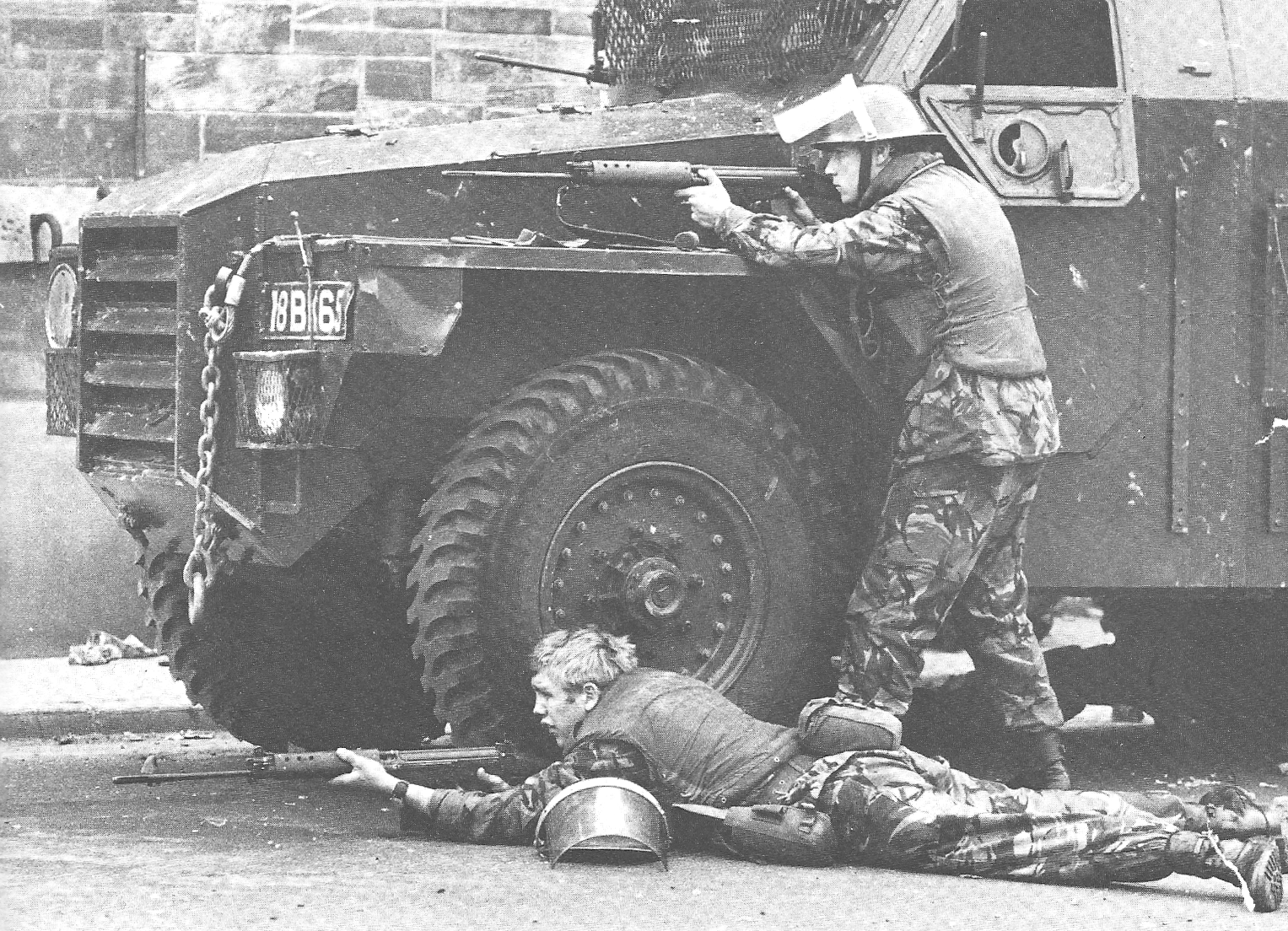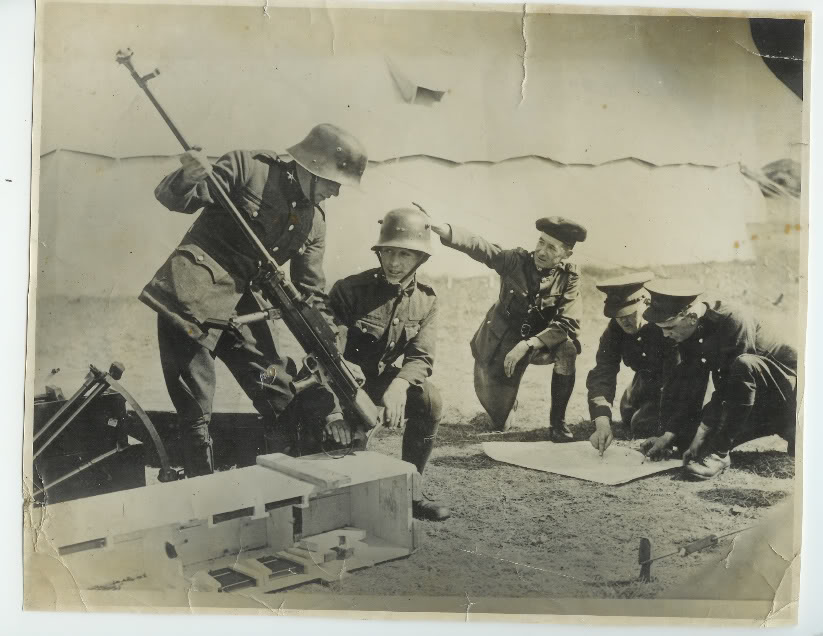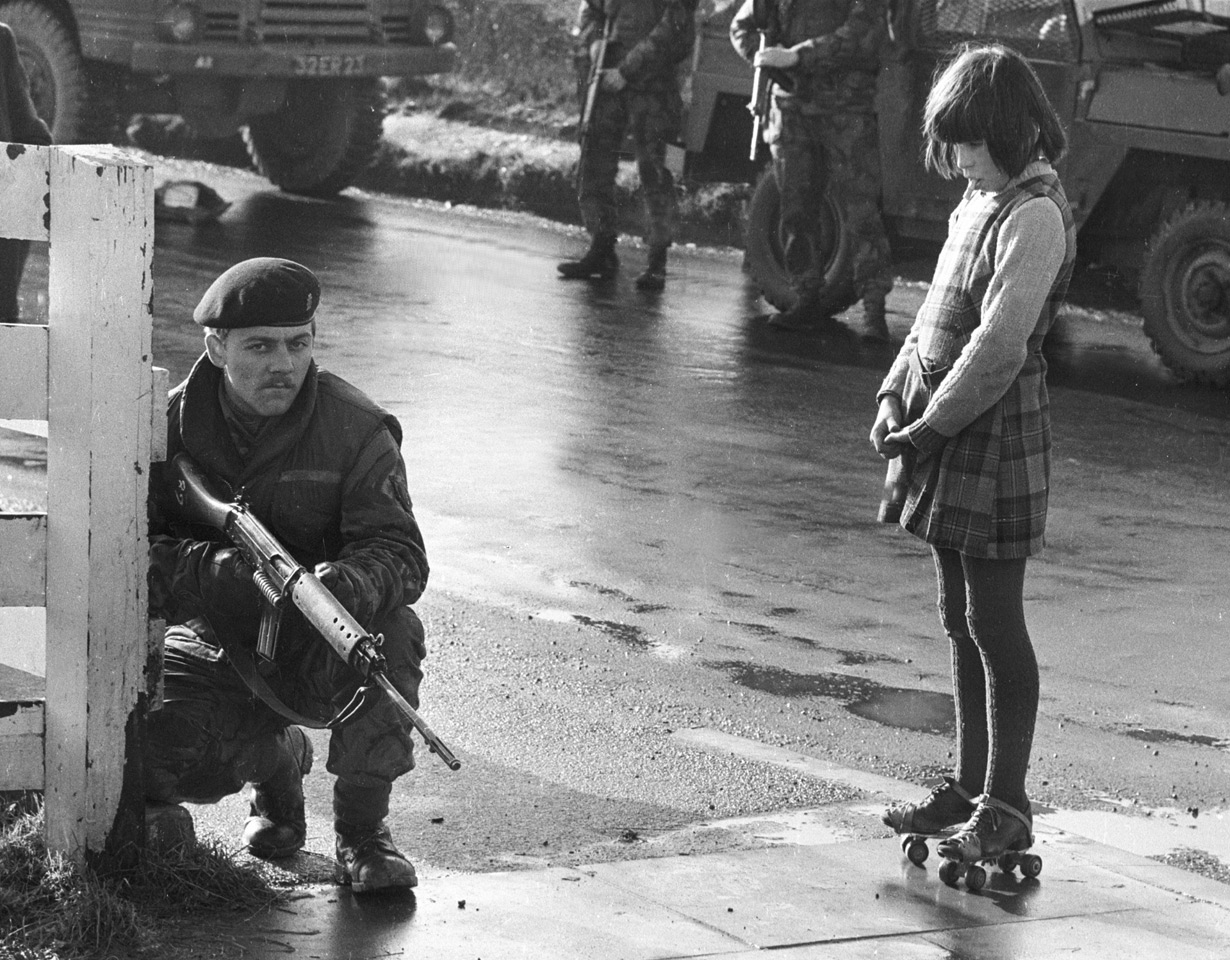When the British adopted a new high-velocity spitzer bullet for the .303 cartridge, they had to update their rifles to use it. Specifically, the sights had to be recalibrated for the flatter trajectory of the new MkVII ammunition. In addition, the sight picture was changed form a barleycorn front and V-notch rear to the more precise square front post and rear U-notch.
These rifles are quite scarce, but several thousand were brought into the US in the early 1960s as surplus from Ireland. These Irish examples all had new serial numbers applied when the were sent to Ireland by the British in the 1920s, and they are in two different batches (one in put MkI*** configuration, and one with the MkIII rear sight). We will take a look at both patterns today as well, so you can see the difference between the much more available Irish type and the pure British version.




Sorry to interupt,
Something i forgot yesterday. FAL has a Bren buttstock, a tilting bolt kind of Bren-type, a Luger grip, and Belgian steel.Excelent gas regulator, just like the Bren had one.
Combining “Rollses” wouldn’t give a 2CV !
Who would try to make a modern combat rifle in 0.303 today even as an experiment ? As we know from the Bren, Dragunov and the SMLE magazines, the rim is not such a problem. It’s a big aid for headspacing !
At one time I had a 1907 (BSA made) Mk. I*** with serial number ER3255, imported by Century International Arms – the right side of receiver import mark was: “C.A.I. ST. ALB. V.”
The “CR” serial numbered rifle doesn’t appear to have have a magazine cutoff. Like a partial conversion to Mk III*. New sights, no magazine cutoff, but no charger bridge, just the original split charger guide. Wartime conversion?
Need traffic?
Put British next to Irish…and guns too!!
Lol.